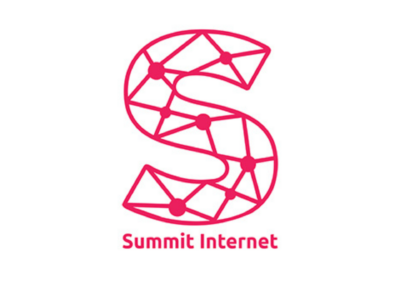Applications begin with laser-focused intent. It is solving a singular, well-defined problem brilliantly. Inevitably, as the application succeeds, it becomes key to business and quickly expands in scope.
What started as a targeted solution gradually evolves into a critical infrastructure component that touches multiple business domains. Development cycles accumulate, each adding new modules, custom integrations, and specialised features to meet evolving business requirements.
Before long, your once-elegant solution resembles an architectural nightmare –functional but increasingly complex, with layers of technical decisions from different eras coexisting in an environment that still works but lacks the cohesion of its original design.
This technical debt doesn’t just happen to neglected systems – it’s often the natural byproduct of successful software that has become too valuable to replace but too convoluted to maintain efficiently. It can become so complex that it misses the opportunity to save humans’ time effectively and remove mundane tasks.
The Issue
- Extended Development Cycles: Implementing new interfaces with the legacy technology stack required excessive time and resources.
Fragmented Data Architecture: Despite clear relationships between data objects, the lack of proper integration created a disjointed user experience.
Passive Data Consumption: The application merely displayed information from external systems without data validation or processing capabilities, essentially functioning as an elaborate reporting tool.
Integration Misalignment: Critical external systems, particularly billing components, could not properly reconcile with the service application due to incompatible data models and relationship structures.
Outdated UI and Limited Framework: The application’s outdated interface and inflexible framework hindered the business’s ability to evolve toward self-service capabilities and automated workflows.
Our Goals
- Business Continuity Mandate: Implement substantial changes while ensuring zero disruption to ongoing business operations.
Modern Interface Framework: Develop a responsive, mobile-ready interface layer that offers simplified construction and robust scalability options.
Schema Redesign: Completely restructure the data schema to overcome current limitations and enable seamless integration with external systems that contain richer business objects (customers, contacts, organisations, etc.).
Complete System Reconciliation: Ensure 100% reconciliation with all external systems, particularly for revenue assurance, to provide customers with verifiable billing accuracy and transparency.
From Passive to Active Platform: Transform the application from a read-only reporting tool into the central operational hub of the business – a comprehensive, single-pane-of-glass where any resource can both access information and implement changes.
Our Solution
- Comprehensive Reverse Engineering: Conducted a thorough analysis of the existing platform to document and understand its core functionality and feature set fully.
Forward-Compatible Schema Design: Developed a new data schema that preserved existing capabilities while enabling a significantly more diverse, detailed, and adaptable implementation capable of supporting any product or service type.
Framework Integration: Leveraged the existing Laravel foundation by implementing Filament alongside the current application, providing a modern interface layer without disrupting the underlying architecture.
Phased Migration Approach: Maintained both user interface systems in parallel, methodically transferring features from legacy to modern interfaces based on business priorities, resource availability, and cost considerations—ensuring careful, accurate transitions without operational disruption.
Strategic Data Reconciliation: Executed a comprehensive data migration process that not only transferred information to the new schema but also served as an opportunity to reconcile all operational facets and verify billing accuracy across the entire system.




